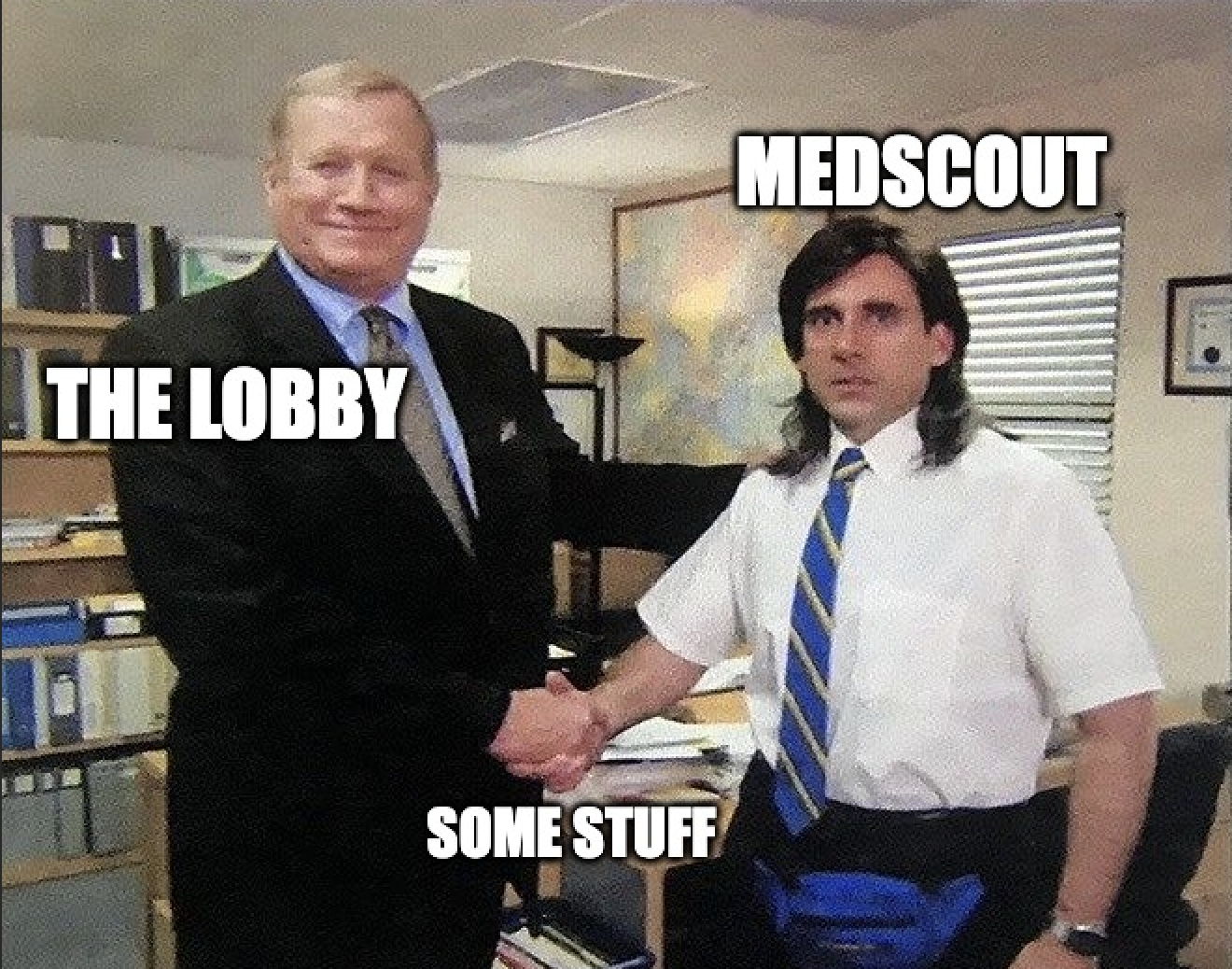How to handle a Value Analysis Committee
Without losing your mind or the deal.

Without losing your mind or the deal.

Few things will humble a rep faster than a Value Analysis Committee.
You’re feeling good -- a surgeon’s on board, the data looks solid, you’re jogging with a weighted vest 4x a week (which you’ll definitely do forever). Then the second you’re staring down a VAC, you don’t feel so sure about yourself.
You’re not actually in that meeting, but your fingerprints are all over what gets discussed. The VAC isn’t your enemy, it’s the hospital’s filter for risk. You can stop trying to sell despite it and start selling through it.
Value Analysis Committees have become the control center for hospital purchasing. What started as a supply chain checkpoint is now a cross-functional system that decides which products move forward and which never make it past the gate.
We’re hearing a lot of the same feedback from reps working with VACs:
Hospitals are looking for consistency. They want fewer SKUs, less variation, and better visibility across departments. A single approval (or rejection) can have a ripple effect across an entire system.
You won’t be sitting at that table, but you need to know who is. The people in that room are turning your story into their business case.
Every VAC has its own flavor, but the core cast rarely changes: supply chain, nursing leadership, a physician champion, finance, and someone representing operations or risk. Sometimes legal or infection control joins if the product touches their domain.
Each of them is there for a reason.
It can feel intimidating, but you don’t need to treat the VAC like a scary monolith. It’s a small coalition of people with wants, needs, and who each carry a different metric to protect.
The committee’s job is to make decisions that hold up under scrutiny. If you think about it like that, you’ll know what strings to pull. They want to make the decisions they feel are correct and right, but they always want to protect themselves and their departments.
Clinical evidence matters, but only if it’s independent and relevant. One strong chart showing a change in outcomes beats ten slides of literature.
Financial modeling may matter even more. The best submissions connect clinical impact to the balance sheet. Show how your product strengthens hospital economics by reducing avoidable costs, improving throughput, optimizing for their specific reimbursement profile, and protecting revenue from penalties or leakage. A model that ties operational efficiency to sustainable financial outcomes carries real weight.
And then there’s adoption. The committee will expect your sponsor to show they’ve considered change management and staff readiness.
Our product will save you $8 billion over 3 years!
Your economic story is just a narrative about how your device changes the hospital’s financial equation. Not only does the financial story need to be compelling… it needs to be realistic.
We are on calls with sales leaders on a daily basis. If you ask 10 different leaders how their best reps prepare for VACs, they’ll give you 11 different answers.
But there’s been one constant.
They start building relationships long before the meeting.
And most of all, they keep showing up after approval with data, feedback, and outcome tracking. That’s what turns one deal into a long-term partnership. This probably won’t be the only time you need this VAC on your side.
Hospitals are shifting from evaluating products to evaluating programs. Yes, that phrase might sound like something from a LinkedIn influencer you’ve muted by now, but it’s also true.
The VAC’s role has changed over time. It’s not just a checkbox, it’s part of a strategy to align clinical, financial, and operational goals.
If you treat the committee like bureaucracy, you’ll get stuck in it. If you treat it like an opportunity to build your strategy with those very real needs in mind, you can earn trust and win more deals.
Note: If you want to go deeper, Symplr also created this Value Analysis Toolkit: https://www.symplr.com/ebooks/hospital-value-analysis-toolkit


